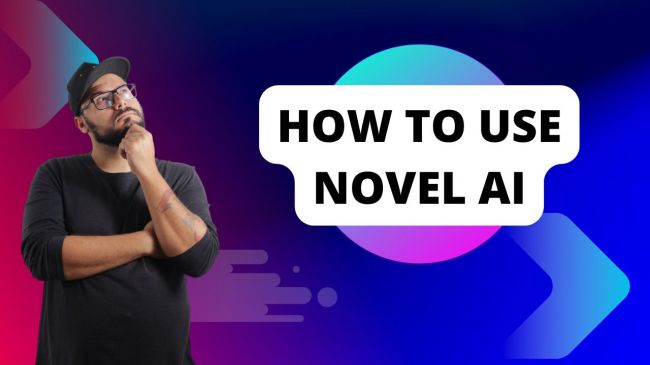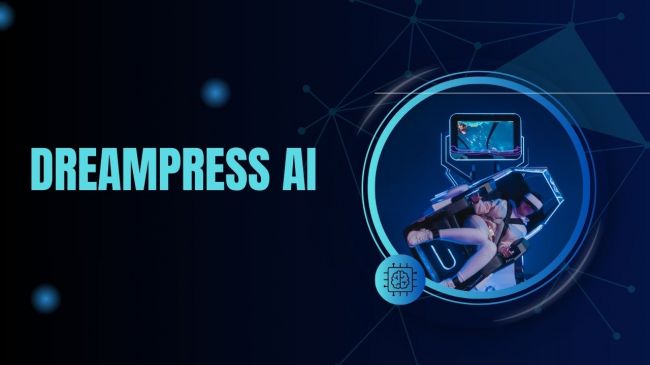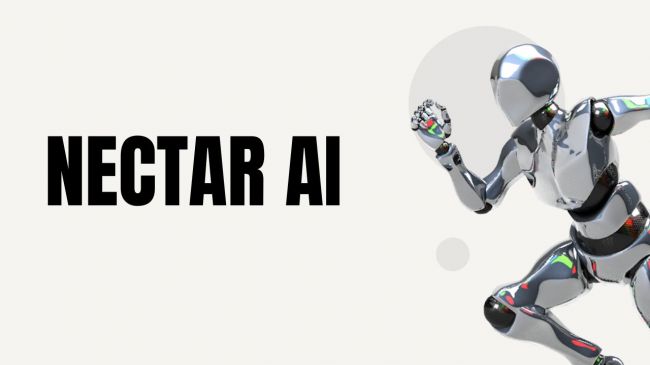On This Page
From drowning in alerts to mastering automation, why adaptive AI might finally bridge productivity and security.
If your workday feels like a blur of pings, alerts, and endless meetings, you’re not alone. Most enterprises today fight two invisible enemies: alert fatigue in their Security Operations Centers (SOCs) and meeting overload in their collaboration tools. Both drain time, focus, and morale.
That’s exactly where Radiant AI steps in. Instead of piling on more dashboards or notifications, it quietly learns your patterns, filters out the noise, and transforms chaos into clarity. Think of it as your behind-the-scenes co-pilot, always adapting, never tiring.
What Is Radiant AI?
At its core, Radiant AI is an adaptive artificial intelligence platform that blends security automation with productivity intelligence. It helps security teams cut through false alerts while giving business users AI-driven summaries and meeting insights.
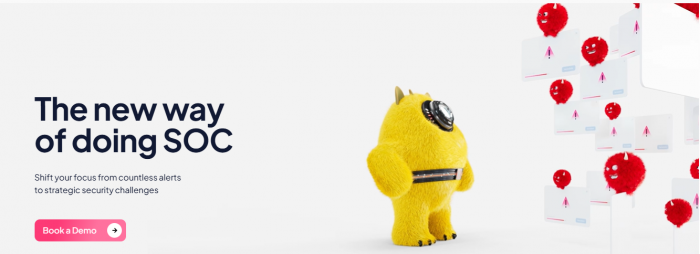
Unlike traditional automation tools, Radiant AI doesn’t just follow scripts, it learns. Over time, it tailors how it handles alerts, meetings, and documents to the unique rhythm of your organisation.
In simple terms:
Radiant AI automates alert triage for SOCs and automates meeting workflows for teams, all through one continuously learning engine.
This mix of automation and adaptivity is what’s pushing Radiant AI into the spotlight among platforms like Accenture’s SynOps, Deloitte CortexAI, and InfoObjects’ AI Orchestration Suite.
How Radiant AI Works Behind the Scenes
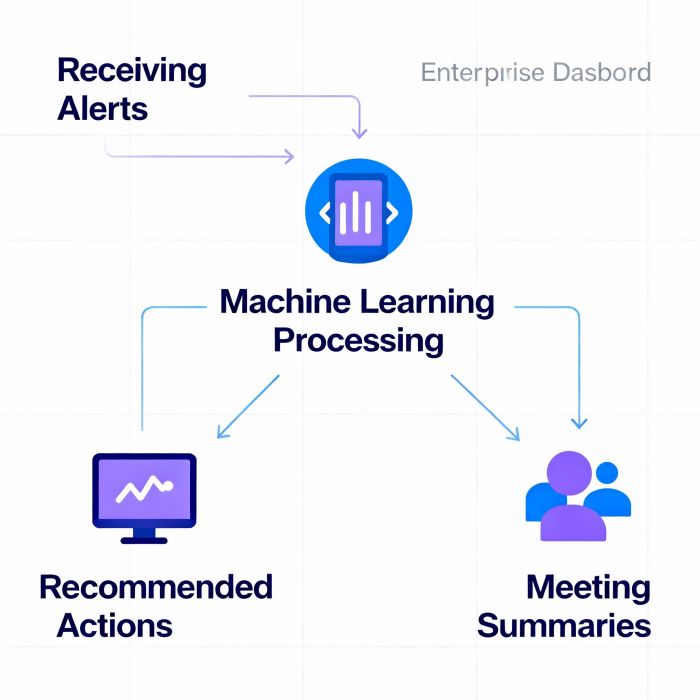
Radiant AI connects seamlessly with your enterprise stack and tools like Slack, Jira, Zoom, and ServiceNow, to pull in data, detect patterns, and automate repetitive actions.
Here’s the invisible workflow in motion:
- Incoming Alerts → SOC logs and systems feed Radiant AI.
- AI Classification → It uses ML models to spot false positives and rank threats.
- Recommended Actions → The system suggests, or automatically executes, the next steps.
- Context-Aware Summaries → Those same insights flow into team meetings, where Radiant’s meeting assistant generates action items and summaries.
- Knowledge Integration → Every resolved case or meeting outcome becomes a searchable context for future automation.
It’s like connecting the dots between alert management, meeting intelligence, and content knowledge, a rare form of cross-functional synergy in AI platforms.
Benefits That Matter in Real Workflows
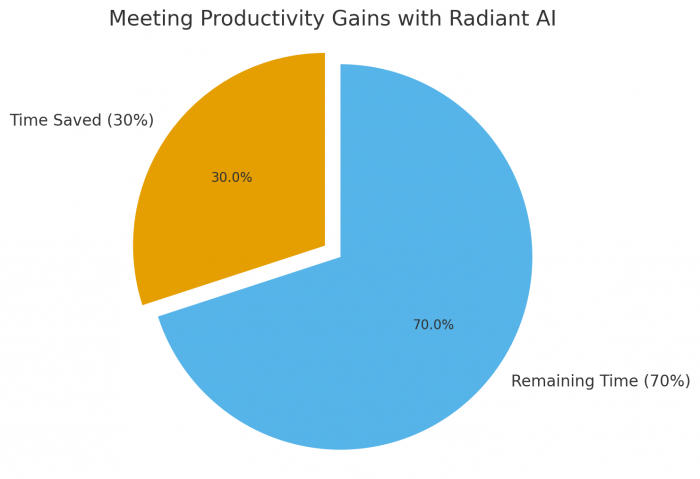
- Cuts false positives by 70% in SOC operations, according to internal reports.
- Short onboarding curve—teams report deployment in days, not months.
- Boosts productivity through automatic meeting notes, summaries, and to-do extraction.
- Improves visibility with explainable recommendations and human-readable audit trails.
For example, when a threat alert is flagged, Radiant AI not only analyzes it but can also auto-draft the incident summary for the next morning’s team sync.
That interconnectedness—security insights feeding into productivity tools- is what makes Radiant stand out from older, siloed automation suites.
Where It Still Needs Work
Radiant AI is powerful, but not flawless:
- Some non-technical teams find the dashboard overwhelming at first.
- Manual fine-tuning may be needed to suppress certain recurring alerts.
- The case management module still trails behind larger enterprise platforms.
- Integrations, while fast, depend on access to robust API pipelines.
These are growing pains most early-stage adaptive-AI products face. The key is that Radiant’s feedback loop, based on user corrections, helps refine its precision over time.
Real-World Use Cases
SOC Automation for Security Vendors:
Managed Security Service Providers (MSSPs) use Radiant AI to triage hundreds of daily alerts, automatically tagging duplicates and escalating verified threats.
→ Outcome: ~65% reduction in manual triage effort.
Meeting Automation for Tech Teams:
Companies integrating Radiant AI with Microsoft Teams and Google Workspace report measurable time savings through AI-generated notes and task mapping.
Marketing & IT Workflows:
Radiant AI acts as a knowledge assistant, updating internal wikis with new SOPs, lessons learned, and team deliverables, turning meetings into searchable insights.
See how competitors like Otter.ai handle meeting automation to understand where Radiant differentiates itself: Radiant combines meeting intelligence and operational security automation, unlike most niche tools.
Industry Insights & Expert Views
Analysts from CB Insights identify Radiant AI as part of a new wave of “control-plane AIs”, platforms that orchestrate other tools rather than replacing them.
Meanwhile, reviews on G2 and Capterra highlight Radiant’s “transparent logic” and “speed of adoption” as key differentiators.
That said, giants like Accenture and Deloitte remain dominant in large-scale enterprise AI integration. Radiant’s niche advantage lies in being leaner, faster, and more adaptive, a strength appealing to mid-sized enterprises.
Looking Ahead: The Future of Adaptive Automation
The next iteration of Radiant AI seems focused on three pillars:
- Autonomous Incident Response: AI taking verified actions without manual approval.
- Deeper NLP for Meetings: Contextual understanding, multilingual summaries, and sentiment tagging.
- Predictive Integrations: Linking future risks, tasks, and resource bottlenecks automatically.
As adaptive automation becomes mainstream, Radiant AI is expected to evolve into a self-learning ecosystem, syncing security, productivity, and analytics seamlessly.
Choosing the Right Fit for Your Organisation
If your organization wrestles with both alert fatigue and workflow clutter, Radiant AI deserves consideration.
However, evaluate it against others like Deloitte CortexAI, Accenture SynOps, and InfoObjects before committing.
Ask yourself:
- Does it plug easily into your current tech stack?
- Can your teams adapt without steep retraining?
- Are you ready to trust AI for semi-autonomous responses?
Choosing an AI platform today isn’t just about features; it’s about how it evolves with your company’s rhythm.
Final Reflection
Automation is no longer about doing more; it’s about doing less but better.
Radiant AI represents a step toward that balance—where machines handle noise, and humans focus on meaning.
So whether you’re a SOC analyst or a project manager buried in notes, Radiant AI’s adaptive intelligence might just help reclaim your most valuable asset: time.
Post Comment
Be the first to post comment!

